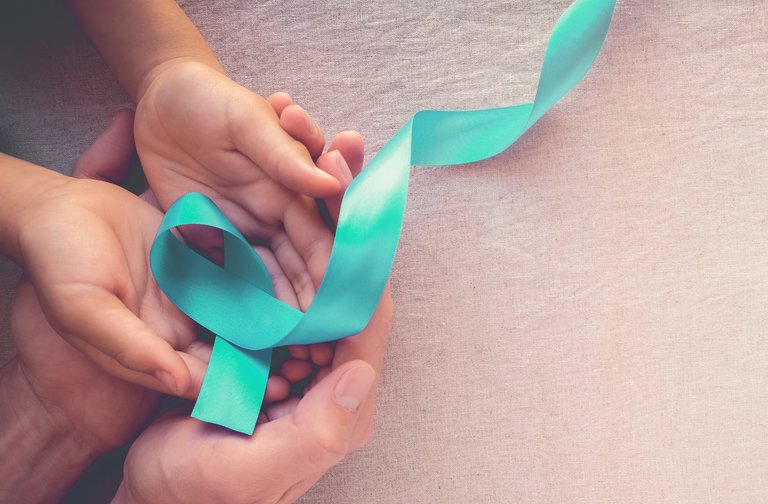By: Susan Gubar
As an ovarian cancer patient whose life is being extended by a clinical trial, I was delighted to learn this summer that research on gynecological cancers is undergoing an unusually productive period. But I’m dismayed that at the same time there has been a steep decline in clinical trials available in the field.
For decades, the complexity of cervical, ovarian, endometrial and vulvar cancers stymied researchers; however, several advances have begun to extend women’s lives. The addition of new chemotherapy regimens and newly effective targeted drugs, like the PARP inhibitor I have been taking for five years to keep my cancer in check, are lengthening survival rates. (All resulted from clinical trials.) Ironically, too, in potentially lucrative areas of cancer research, there are too many clinical drug trials, and not enough patients.
While medical scientists are discovering the determinants that drive gynecologic tumor growth, clinical trials in gynecological cancer — translating that knowledge into specific strategies — dwindle. According to the Society of Gynecologic Oncology, enrollment in phase 3 National Cancer Institute clinical trials designed for gynecologic cancers declined 90 percent from 2011 to 2016.
In July, at the Ovarian Cancer National Conference in Chicago, a succession of experts expressed alarm about this: Dr. John Moroney from the University of Chicago, Dr. Carol L. Brown from Memorial Sloan Kettering, Dr. David Gershenson from MD Anderson Cancer Center, Dr. Daniela Matei from Northwestern University, and Dr. Alan D’Andrea from the Dana-Farber Cancer Institute.
Why has the number of trials plummeted? The drop, the experts at the conference said, was probably caused by the 2012 restructuring of cooperative groups sponsored by the National Cancer Institute, placing gynecological, surgical and radiation therapy under the same umbrella, and also by significant budget reductions of the National Institutes of Health.
As a beneficiary of an innovative drug trial, I was distressed by the news of this crisis. But it was time to head to a smaller room for a workshop I was leading: Writing About Cancer. I had not brought enough pencils and notebooks for the 30-some patients and caregivers who thronged through the door.
Surveying the group, which included people of every conceivable age, ethnicity, religion, race and sexual orientation, I realized that I was facing many people’s mothers, sisters, daughters, grandmothers, aunts, nieces and some of the men who helped them through the difficult passage from diagnosis and treatment to vigilant remission or anxious recurrence. Many wore ovarian cancer’s signature color: teal scarves, teal dresses, teal sweaters (because of the strenuous air-conditioning or chemo-compromised bodies), and (yes) teal wigs. Your average academic, I wore mostly black (and a gray wig).
It was humbling to anticipate all the testimonies waiting to be recorded. Writing, like yoga, I explained to the group, can promote flexibility, balance, detachment and a sense of achievement. Composition composes us, but it can also energize us and preserve our reflections as well as our memories. I did my bit, making a pitch for writing as a supplementary therapy and providing a few guidelines and prompts. Soon, virtually everyone in the room began scribbling.
The concentration was palpable when Dr. D’Andrea, the leader of the Ovarian Cancer Dream Team, walked in and sat down. My heart sank: He had arrived during the silent writing portion of the workshop, so he would be bored to tears. But I had promised participants a full 15 minutes of writing time, and I could not go back on my word.
After a few minutes, Dr. D’Andrea walked up to the front of the room to introduce himself. He commented on my profile in the conference booklet, where I had credited my family, my doctors and nurses, and my support group for my life. “You should include the researchers,” he said before shaking my hand, thanking me for my work, and taking his leave.
The rest of the session remains swaddled in a haze of excitement. In case participants felt shy about sharing their compositions, I had prepared various backup strategies: poems that I could recite or books that I could recommend. Imagine my delight when three women stood in succession to read their soaring, searing paragraphs while a thrill moved through all of us.
The first explained that cancer had given her a new identity and also a new community: since diagnosis she had become a patient advocate. The second, younger, described her distress when treatment damaged her hearing: She grieved over giving up music until she learned to play her violin by sensing its vibrations in and on her body. The third, younger still, produced a rap: A self-described cancer diva, she dissed her disease.
It was July 9, the date of a full moon. They were howling, decrying, persisting, transmuting their fears and transmitting them as well: Putting them on the moon. Words had provided a counterpoint to disease, a catalyst, a healing balm and a use for pain, a perfectly safe and exceptionally cheap drug.
Amid the laughter and tears, I realized that Dr. D’Andrea was right. We should credit the researchers and urge our legislators to fund much needed clinical trials. We must each in our own way stand up for the importance of government-sponsored efforts to sustain the lives of people with so many precious stories to tell.
To read this full article in The Clearity Portal, please click here.


